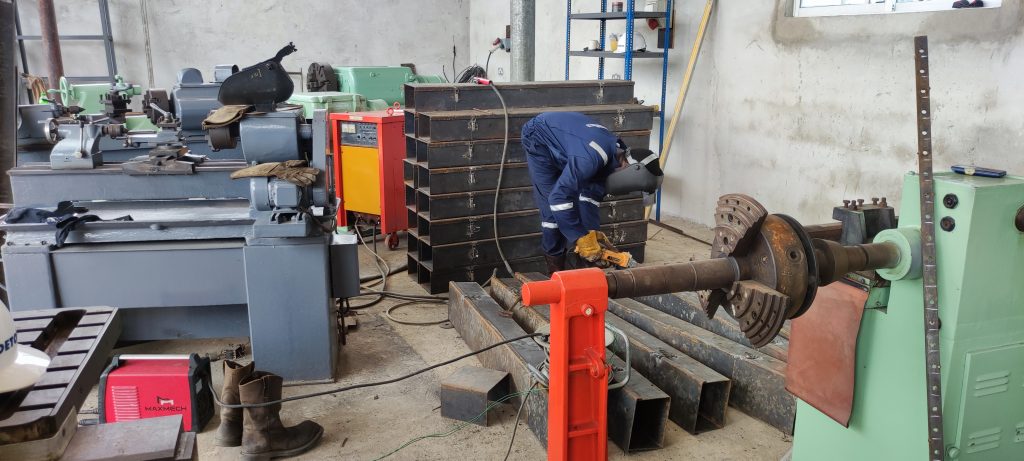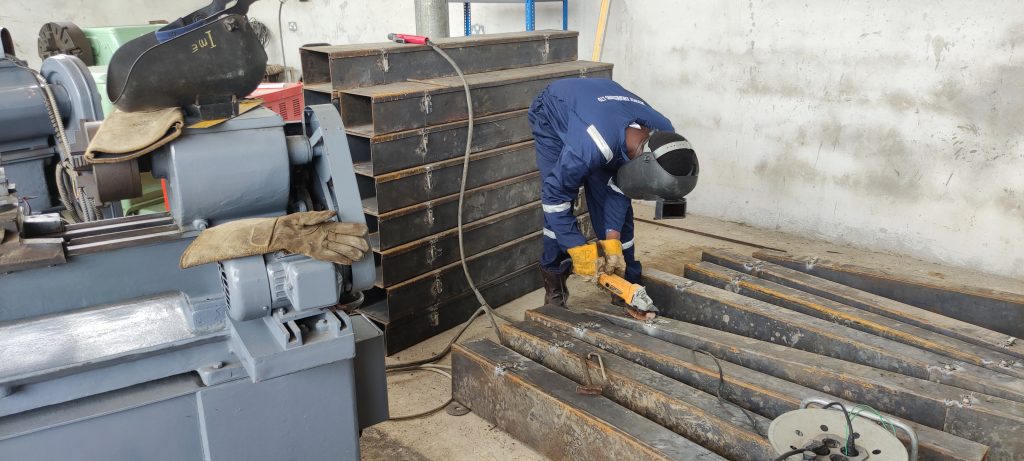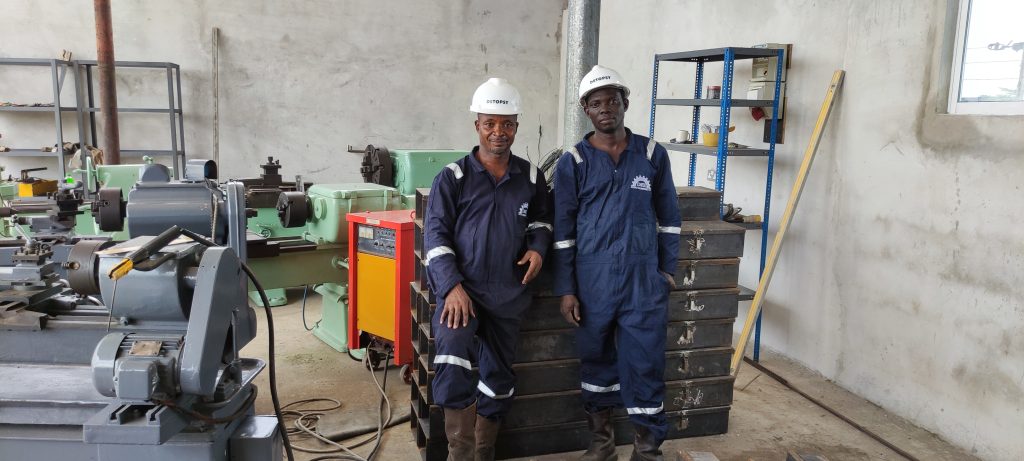Cable tray fabrication is a process in which cable trays, essential components of electrical and telecommunication systems, are designed and manufactured to provide organized and secure routing for various cables. Cable trays are structural components that support and protect cables, ensuring proper installation and maintenance of electrical and communication systems in industrial, commercial, and residential buildings.
The fabrication process involves several key steps:
Design: The first step in cable tray fabrication is designing the system based on the specific requirements of the project. This includes determining the size and type of cable tray needed, as well as considering factors such as load capacity, environmental conditions, and the types of cables to be accommodated.
Material Selection: Cable trays are commonly fabricated from materials like galvanized steel, stainless steel, aluminum, or fiberglass. The choice of material depends on factors such as corrosion resistance, strength, and the environment in which the cable tray will be installed.
Cutting and Shaping: Once the design is finalized and the materials are selected, the fabrication process involves cutting and shaping the raw materials into the required dimensions. This step is crucial for ensuring that the cable tray meets the specific needs of the installation.
Assembly: The individual components of the cable tray are then assembled according to the design specifications. This may involve welding, bolting, or other methods of joining the pieces together to create a sturdy and durable structure.
Surface Finishing: After assembly, the cable tray undergoes surface finishing processes such as galvanization or powder coating. These treatments provide protection against corrosion and enhance the longevity of the cable tray.
Quality Control: Rigorous quality control measures are implemented throughout the fabrication process to ensure that the finished cable trays meet industry standards and project requirements. This may involve inspections, testing, and adherence to relevant codes and regulations.
Packaging and Delivery: Once the cable trays pass quality control, they are packaged and prepared for delivery to the construction site. Proper packaging is essential to prevent damage during transportation and handling.
Cable tray fabrication plays a vital role in ensuring the efficiency, safety, and reliability of electrical and telecommunication systems. By providing a structured and secure pathway for cables, cable trays contribute to the overall functionality and organization. Check out below pictures of our recent Cable Tray Fabrication Job.





